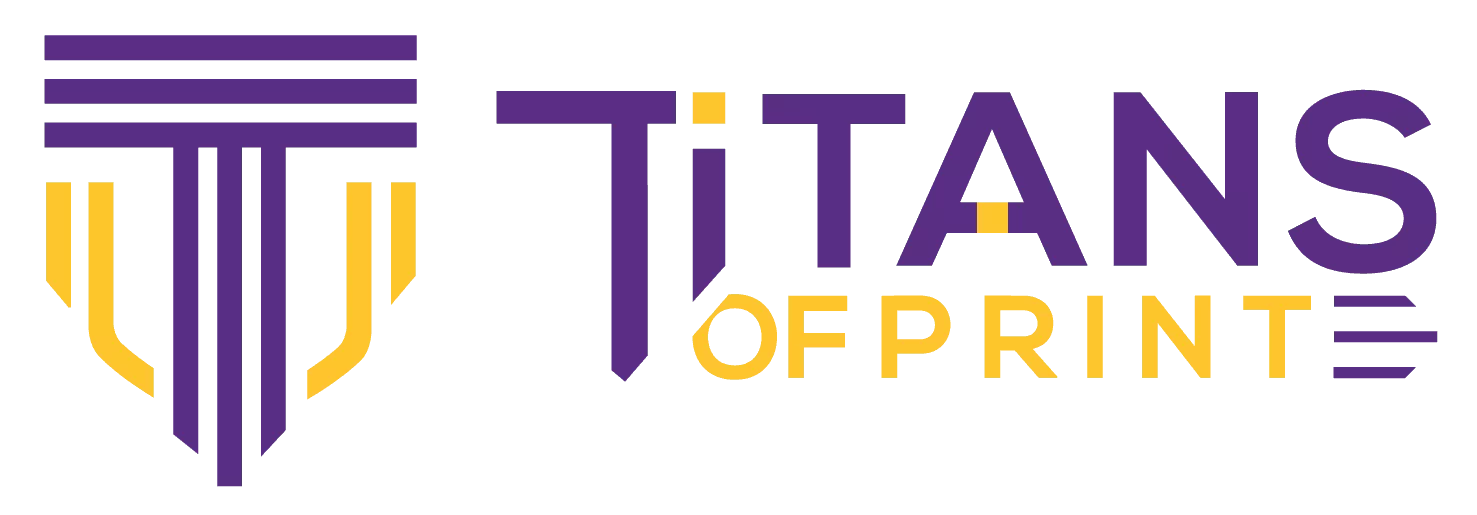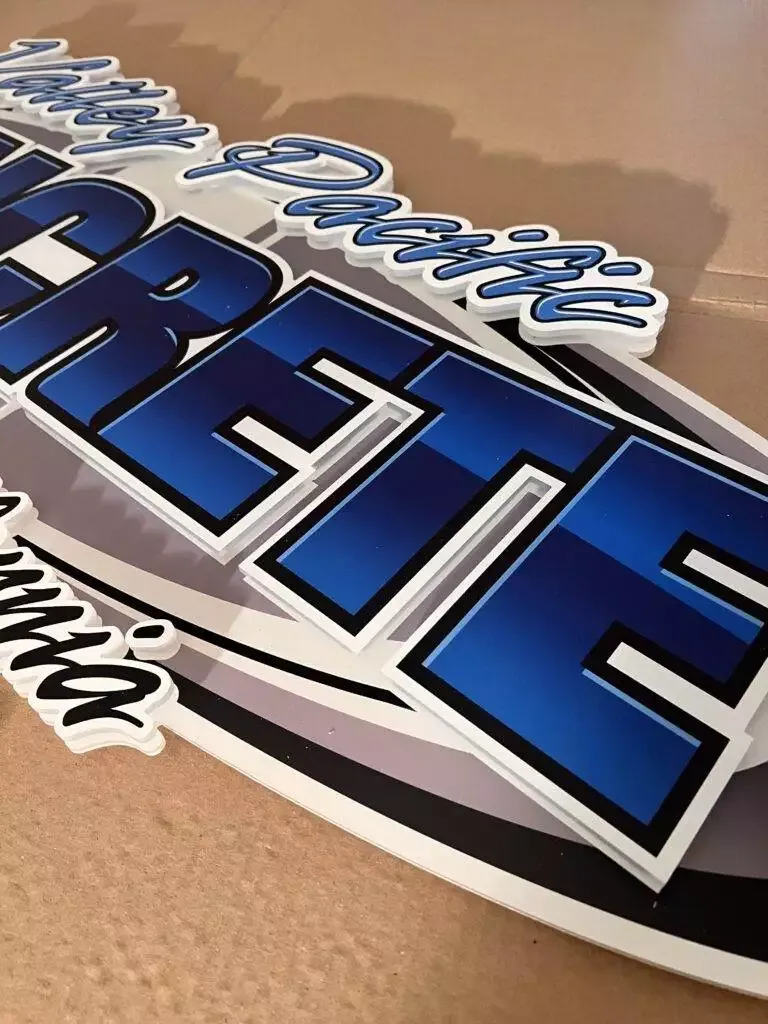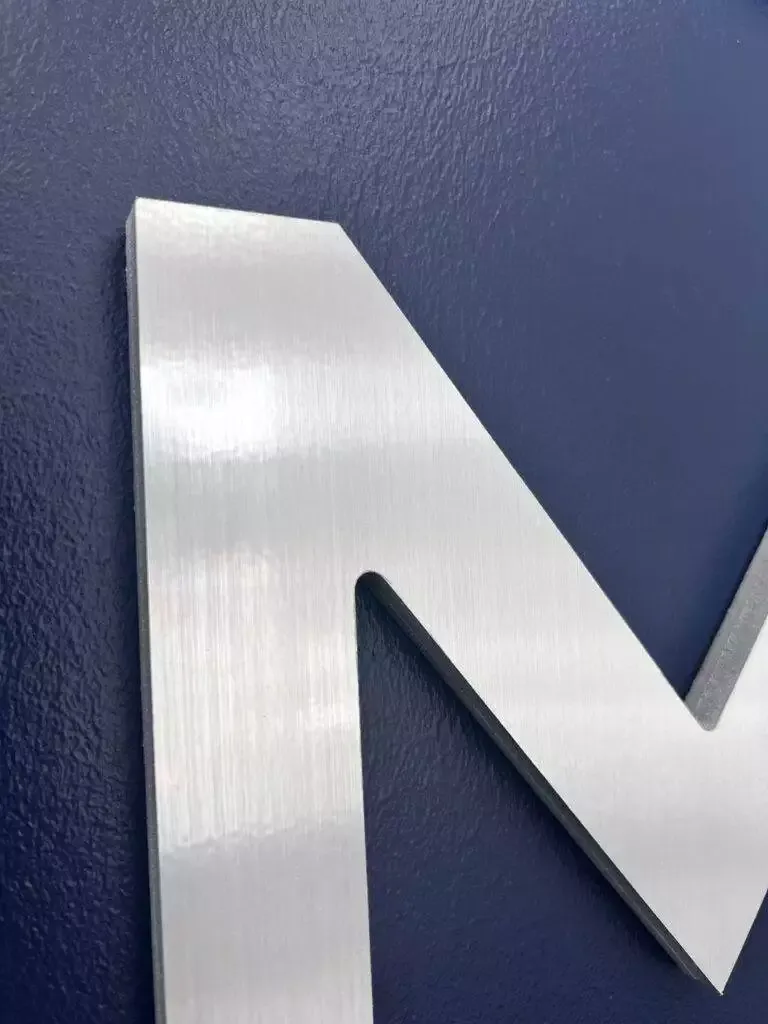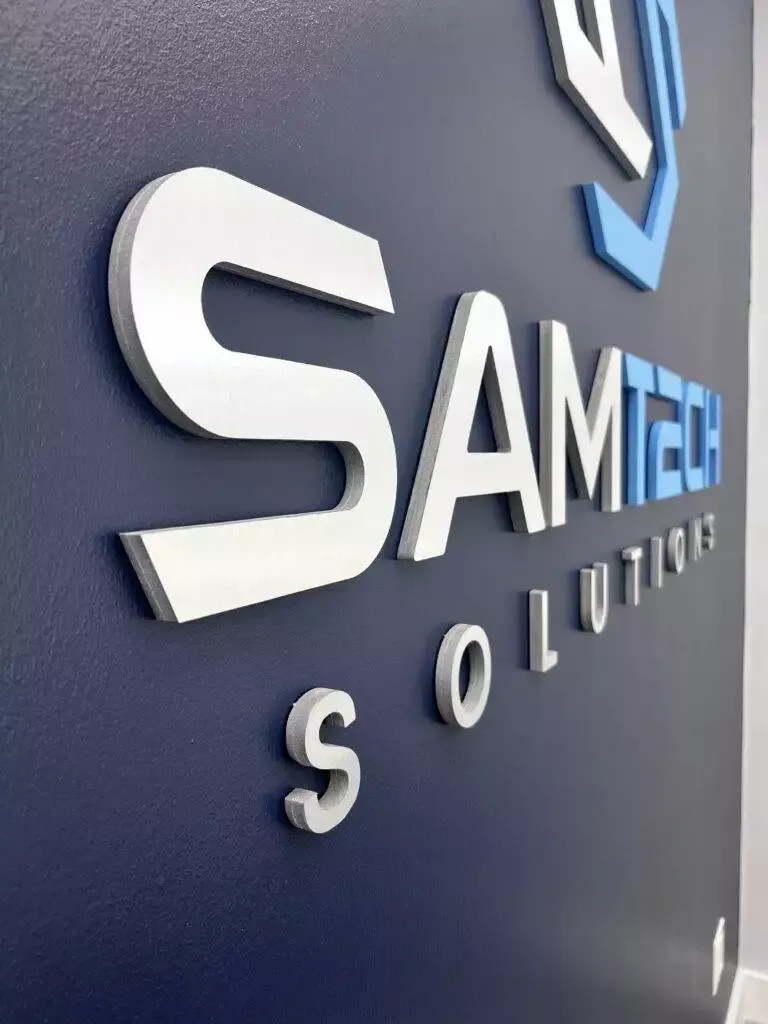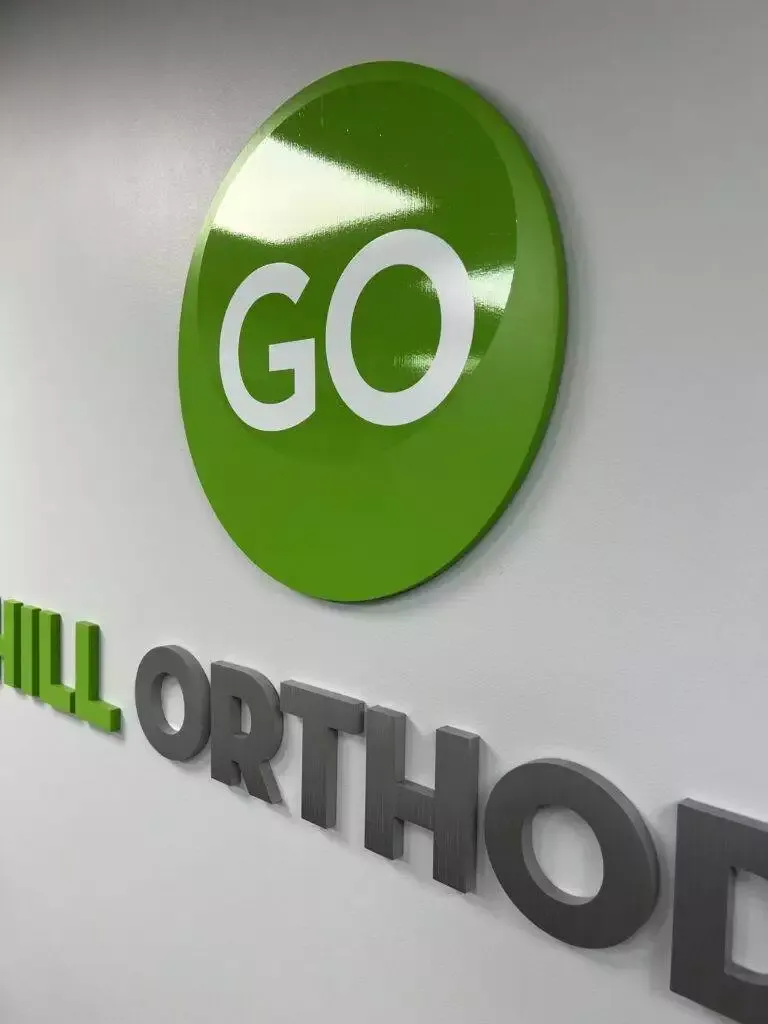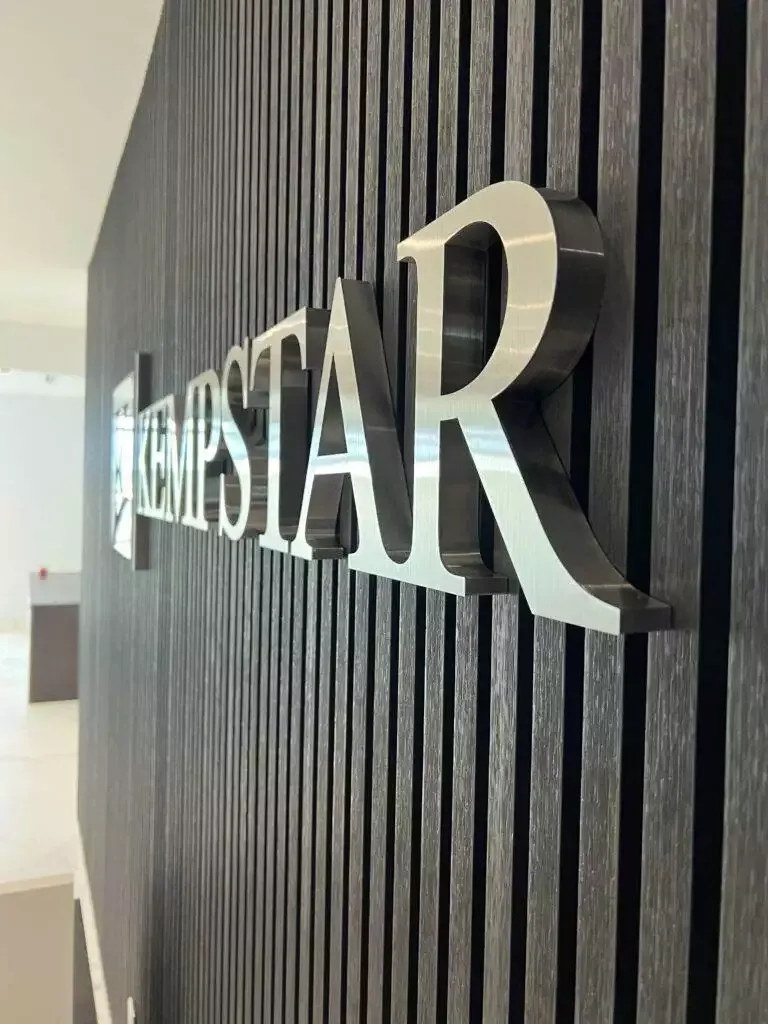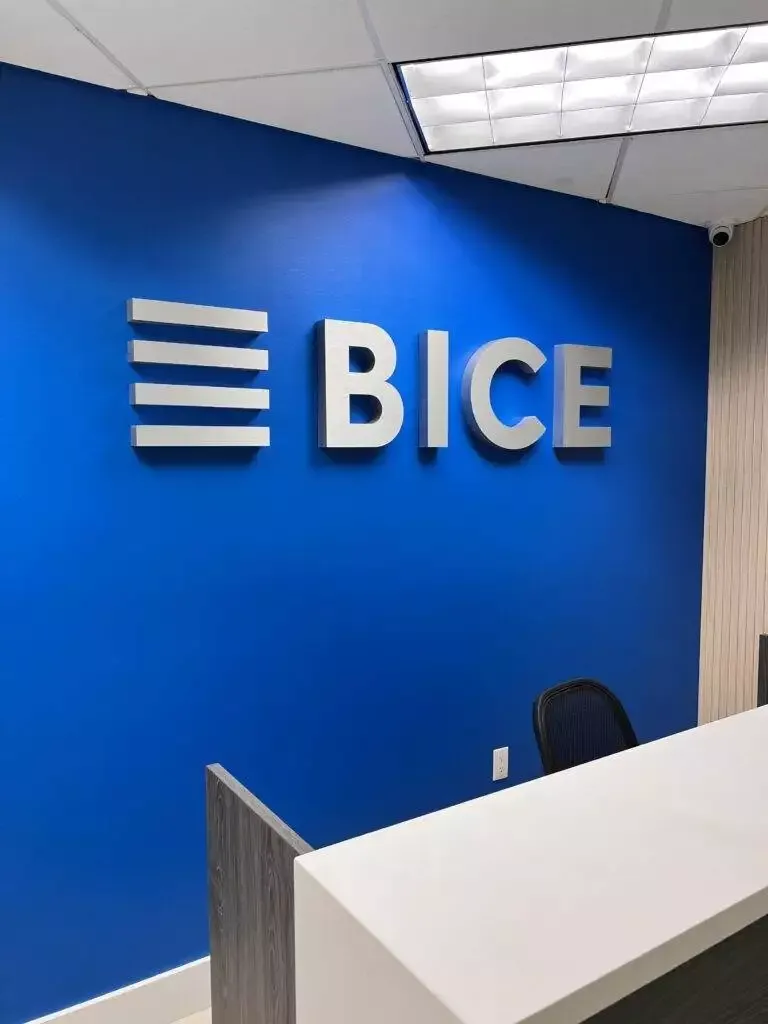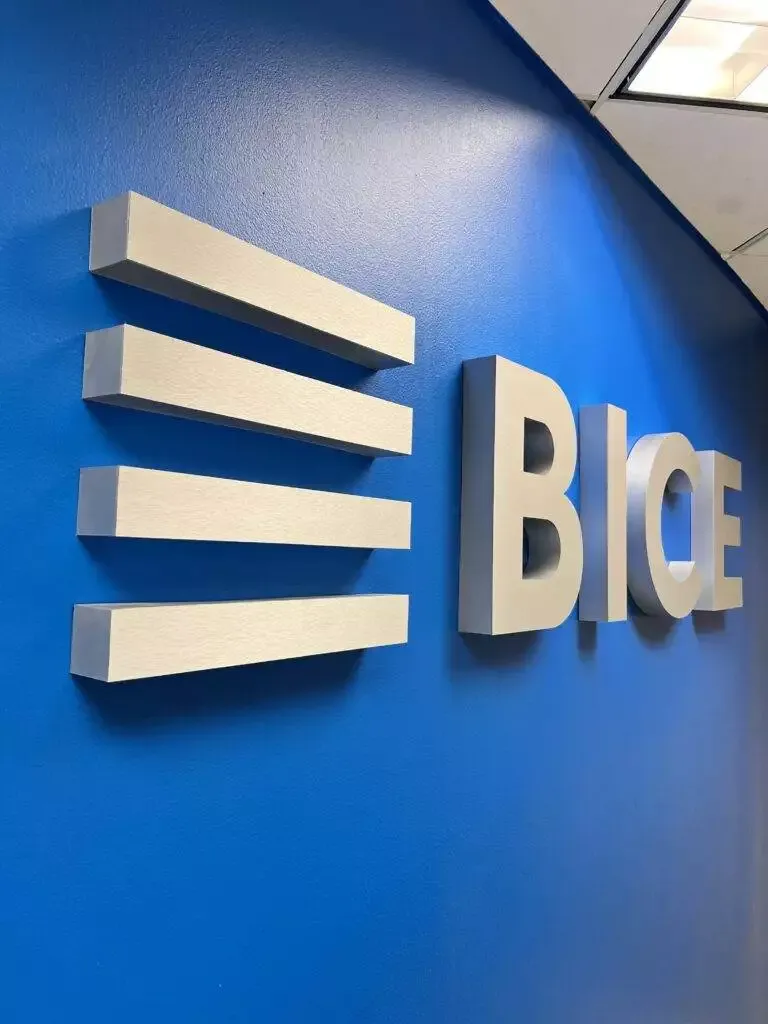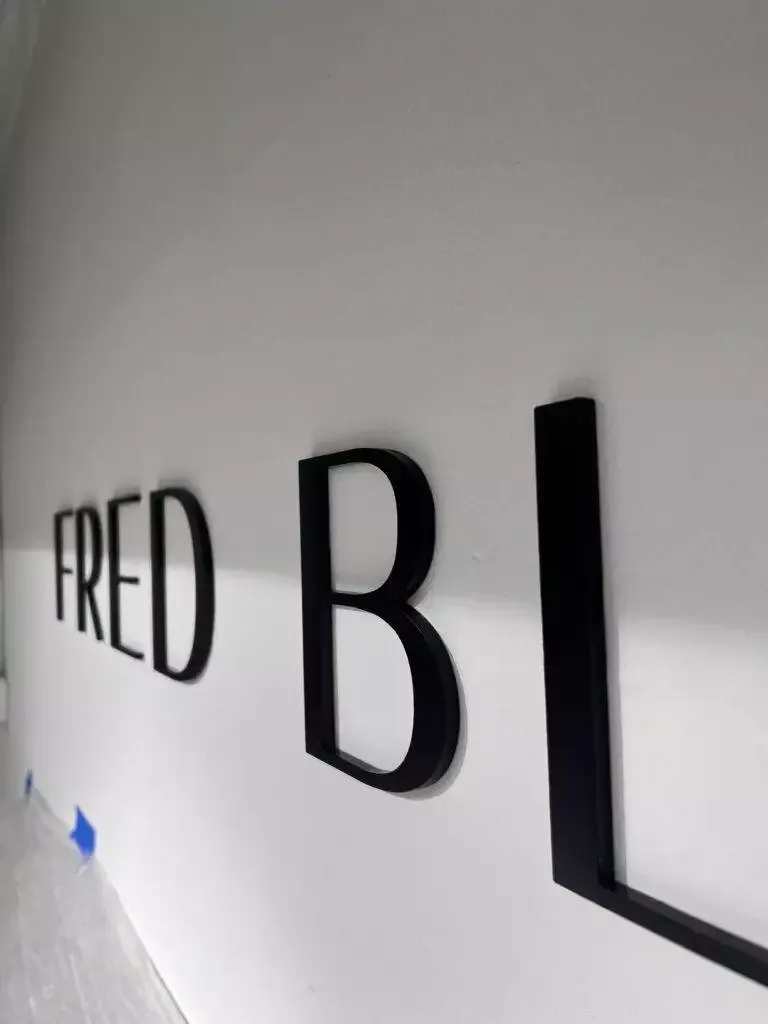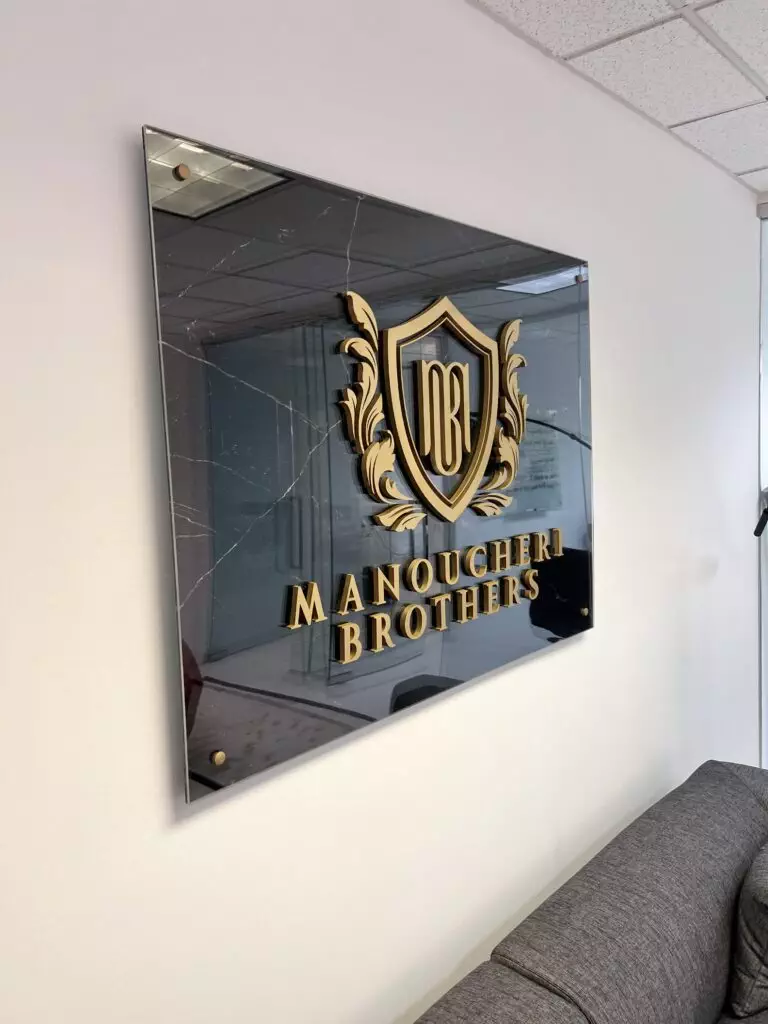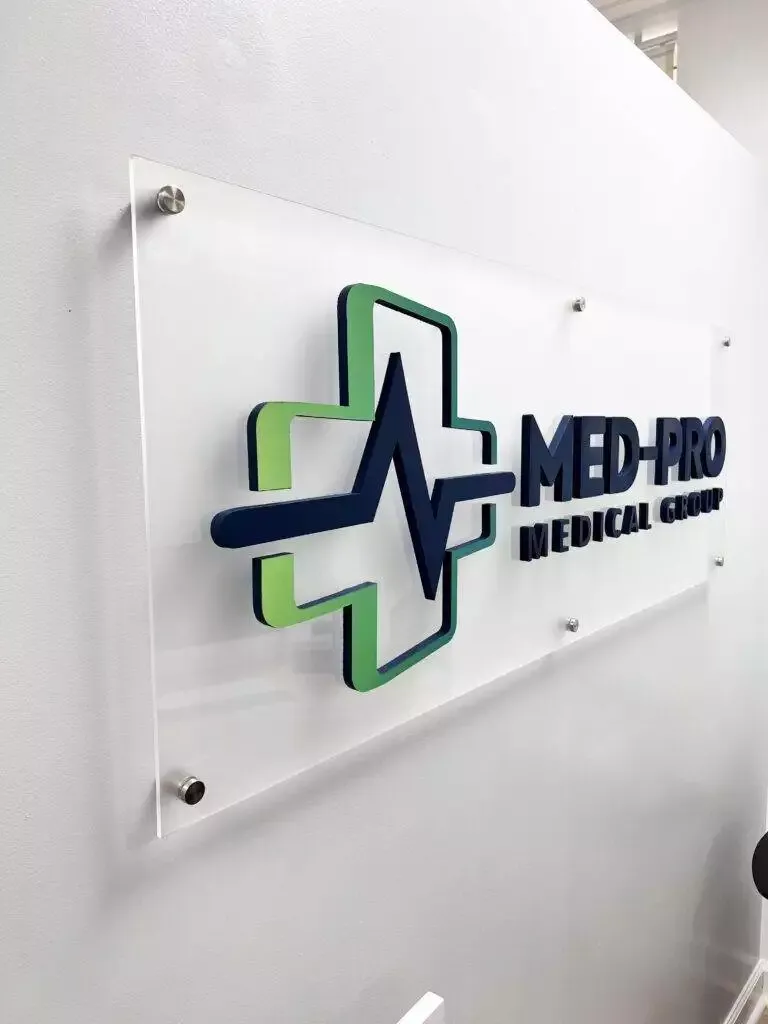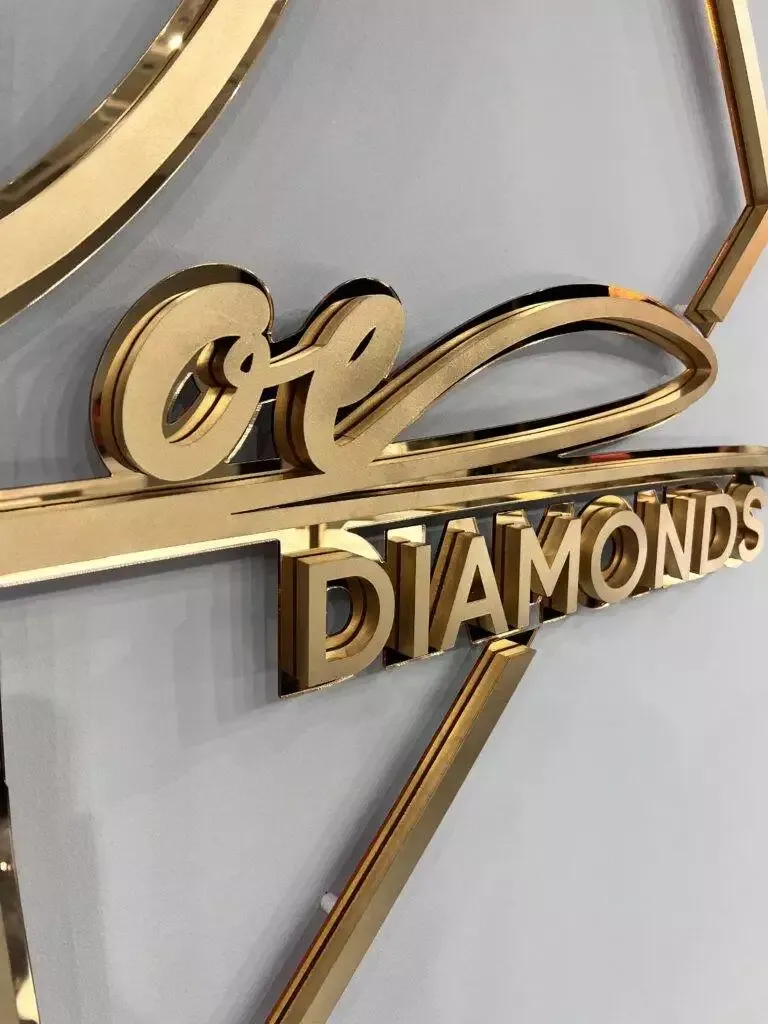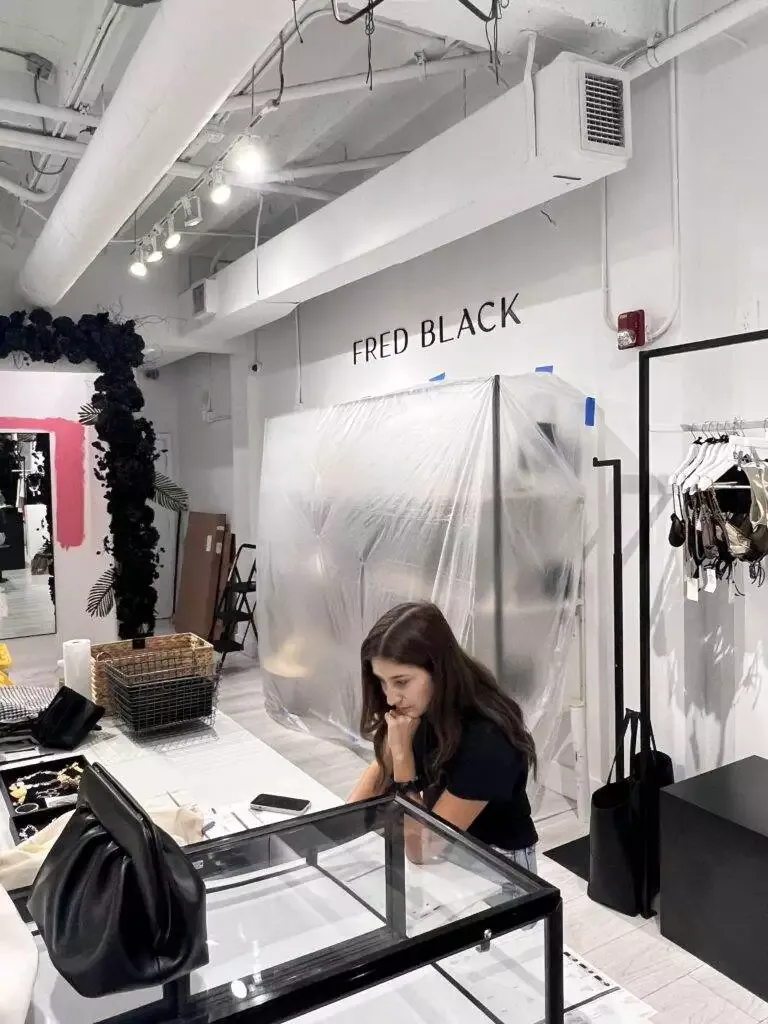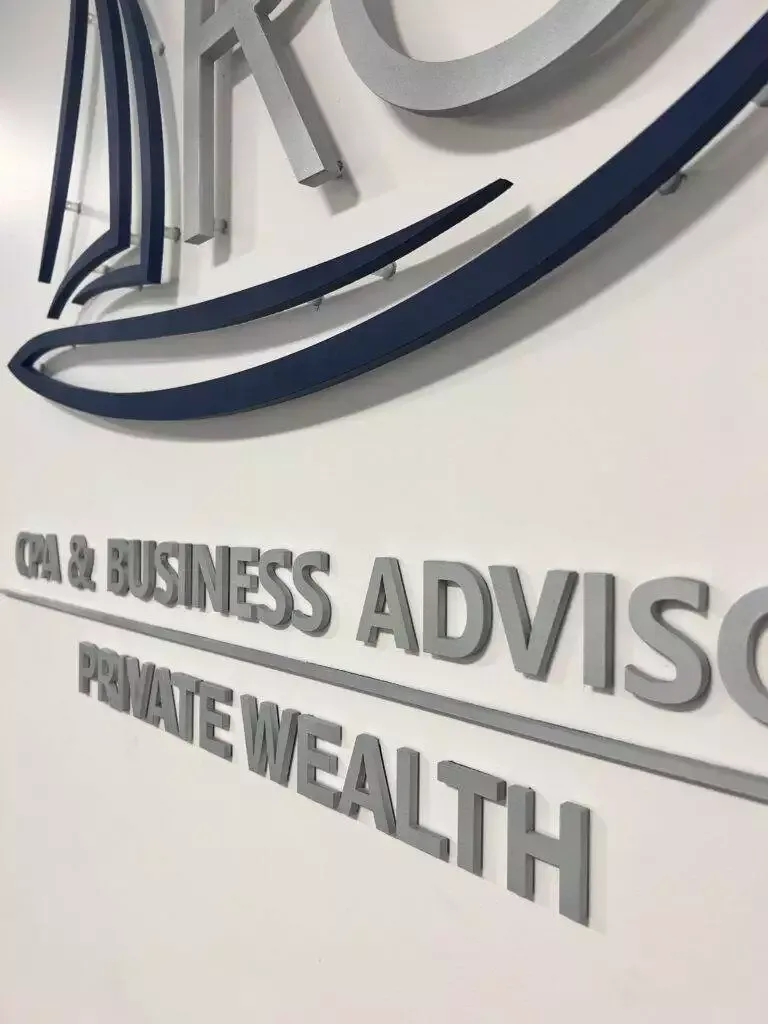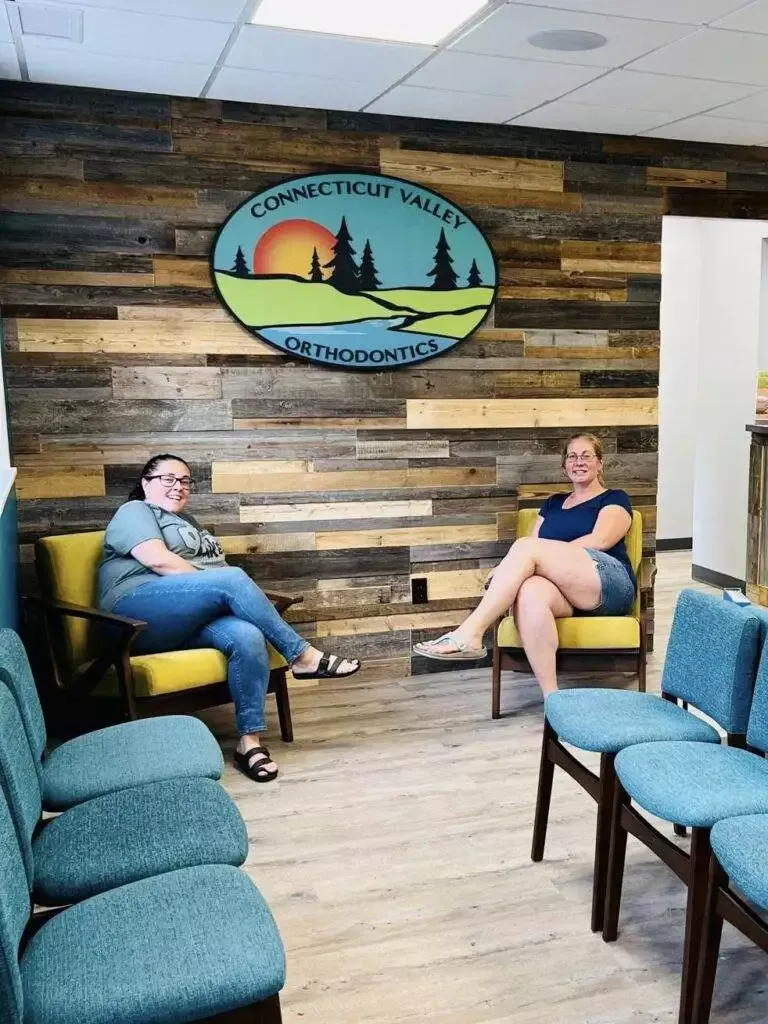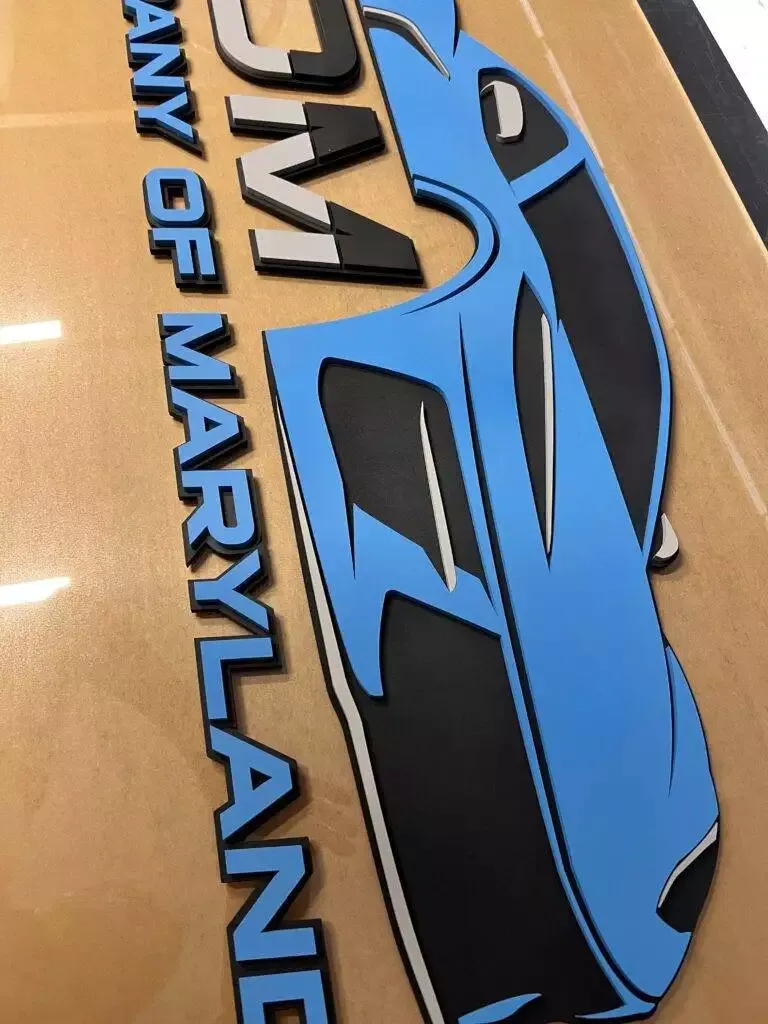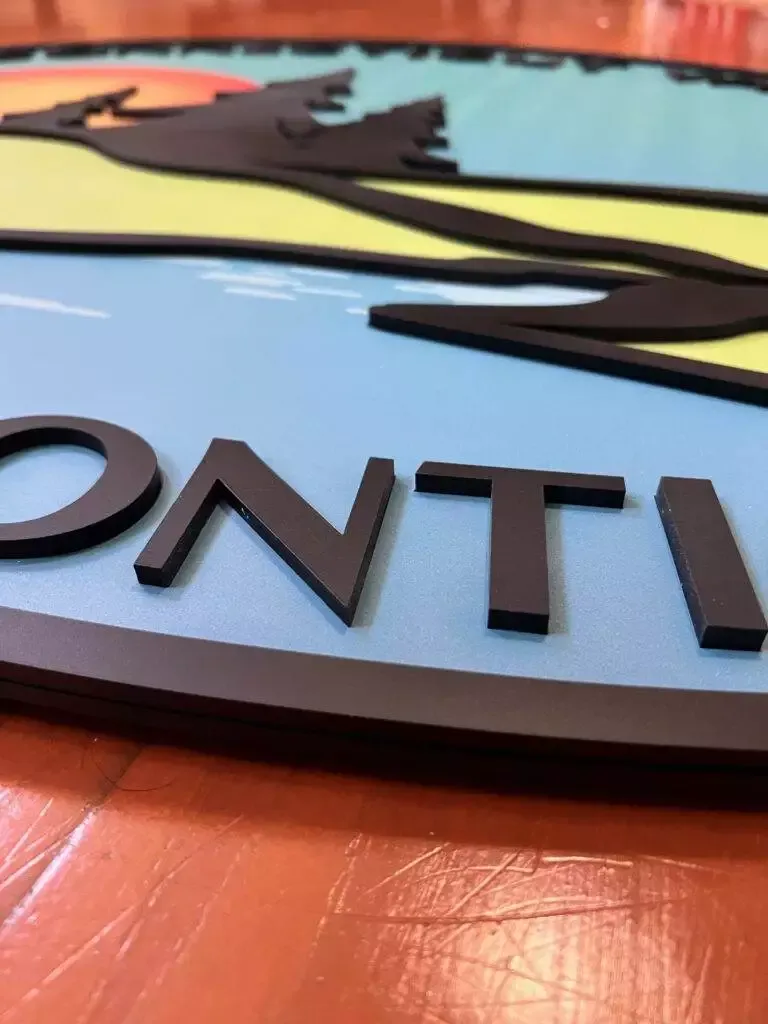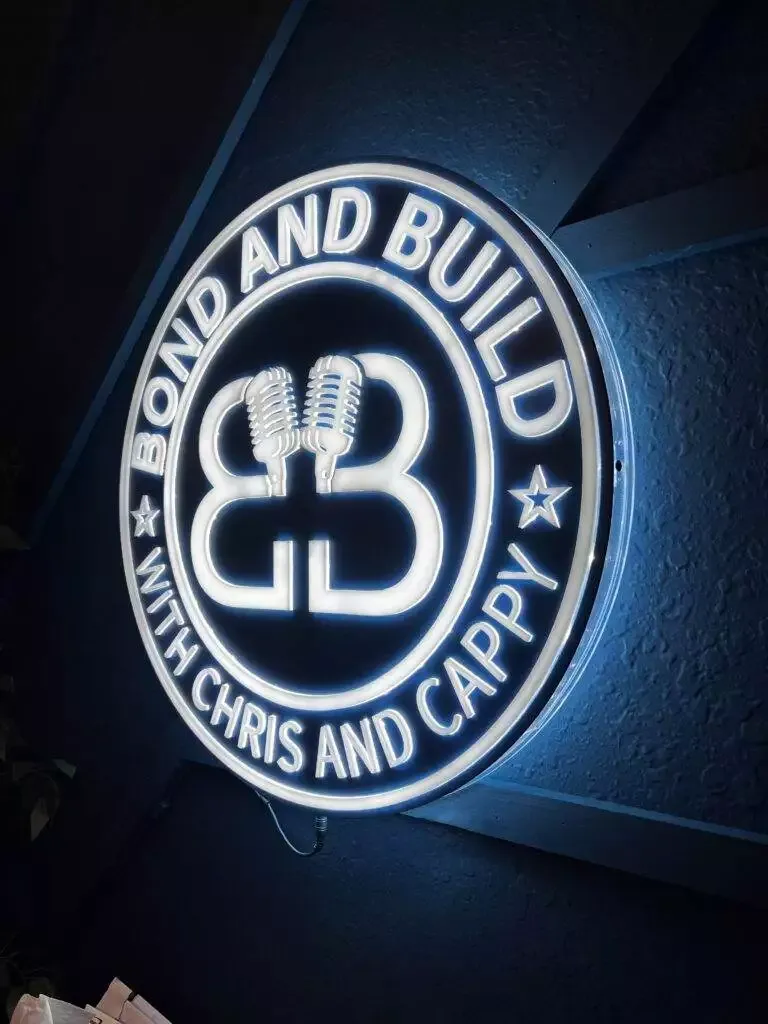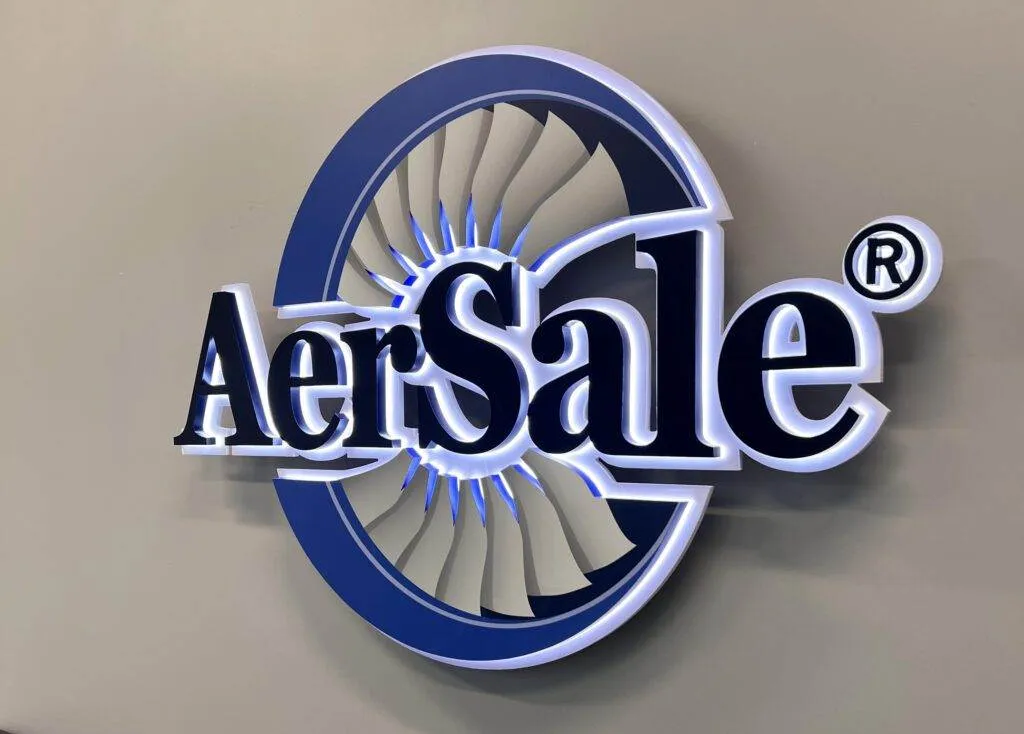Choosing the right material for your 3D office sign is crucial for creating the desired aesthetic, ensuring durability, and reflecting your brand identity. Different materials bring unique qualities to the table, from the sleekness of acrylic to the natural warmth of wood. In this guide, we will explore the most popular materials used in 3D office signage, highlighting their key features and benefits.
1. Acrylic: Versatile and Sleek
Acrylic is one of the most popular materials for 3D office signs due to its versatility, modern look, and durability. This material can be customized in a variety of shapes and colors, making it an ideal choice for companies looking to create sleek, professional signage. Acrylic signs offer a glossy finish that gives any space a contemporary, polished appearance.
Acrylic can also be cut to accommodate intricate designs, logos, or lettering, allowing businesses to fully express their brand’s identity. Its lightweight yet durable nature makes acrylic suitable for both indoor and outdoor signs. Additionally, acrylic is resistant to fading and can withstand minor impacts, ensuring the sign maintains its high-quality appearance over time.
Key Features:
- Lightweight and highly customizable
- Glossy, modern finish
- Durable and scratch-resistant
- Suitable for both indoor and outdoor use
- Related Terms: acrylic signage, custom office signs, modern office signs
2. Metal: Long-Lasting, Professional Look
Metal signs are known for their durability and sophisticated appearance, making them a popular choice for businesses that want to project professionalism and strength. Materials such as stainless steel, aluminum, brass, and bronze are commonly used for creating 3D office signs that exude a high-end, long-lasting finish.
Metal signs can be polished or brushed, offering a variety of styles to fit different business needs. This material is perfect for both indoor and outdoor signs, as it can withstand harsh weather conditions without losing its shine or integrity. Metal is also often used for lettering, logos, and accents, providing a striking contrast when paired with other materials like wood or acrylic.
Key Features:
- Extremely durable and weather-resistant
- Professional, high-end appearance
- Available in polished or brushed finishes
- Ideal for both indoor and outdoor applications
- Related Terms: metal office signs, corporate signage, stainless steel signs
3. Wood: Eco-Friendly and Warm
Wooden 3D signs bring a natural, rustic charm to any office environment. Businesses that prioritize sustainability or want to create a warm, inviting atmosphere often opt for wooden signs. Wood can be carved, painted, or stained to match the company’s branding, allowing for a wide range of customization options.
Wooden signs are perfect for businesses that want to project an environmentally friendly image. With proper treatment, wood can be used both indoors and outdoors, though it may require some maintenance to prevent wear from the elements. The natural grain of the wood adds a unique touch, making each sign one-of-a-kind.
Key Features:
- Eco-friendly and sustainable material
- Warm, rustic appearance
- Customizable with carvings, paint, or stains
- Suitable for indoor use, with options for outdoor use
- Related Terms: wooden office signs, eco-friendly signage, custom wood signs
4. PVC: Strong and Durable
PVC is a versatile and durable material that offers an affordable solution for businesses looking for high-quality 3D office signs. PVC is a type of plastic that can be carved or shaped into various designs, including detailed logos and lettering. One of its key advantages is that PVC signs can be made up to 1 inch thick, giving them a substantial and solid appearance without the weight of metal or the cost of wood.
PVC is also weather-resistant, making it a great option for both indoor and outdoor signage. It resists fading, cracking, and warping, ensuring a long lifespan even in harsh conditions. PVC signs are ideal for businesses that need durable, affordable, and customizable signs that still offer a professional appearance.
Key Features:
- Affordable and highly durable
- Can be carved into detailed designs
- Available in thicknesses up to 1 inch
- Weather-resistant and suitable for outdoor use
- Related Terms: PVC office signs, durable signage, affordable 3D signs
Benefits of Using the Right Material for 3D Office Signs
Selecting the appropriate material for your 3D office sign is essential for achieving the look, durability, and functionality that best suits your business. Here are a few reasons why choosing the right material matters:
- Durability: Different materials offer varying levels of durability. For outdoor signs, materials like metal, acrylic, and PVC are more resistant to weather and wear, ensuring that your sign maintains its appearance for years.
- Aesthetic Appeal: The material of your sign plays a key role in the overall aesthetic. Acrylic offers a modern, sleek look, while wood brings warmth and an eco-friendly vibe. Metal provides a professional, high-end finish that’s perfect for corporate settings.
- Brand Representation: Your sign is often the first thing visitors notice when entering your office, so it needs to accurately reflect your brand. The right material ensures that your sign aligns with your brand’s values and aesthetic.
- Customization: Materials like acrylic, wood, and PVC allow for high levels of customization, ensuring that your 3D sign is truly unique and tailored to your brand’s needs.
FAQs
1. What material is best for outdoor 3D office signs?
- Metal, acrylic, and PVC are all excellent choices for outdoor signs due to their durability and weather resistance.
2. Can wooden signs be used outdoors?
- While wooden signs can be used outdoors, they require proper treatment and maintenance to withstand the elements.
3. How thick can PVC 3D signs be?
- PVC signs can be made up to 1 inch thick, providing a solid and substantial appearance without the high cost of other materials.
4. What is the most eco-friendly option for 3D signs?
- Wooden signs are the most eco-friendly option, as they use natural, sustainable materials and can be recycled or repurposed after use.

